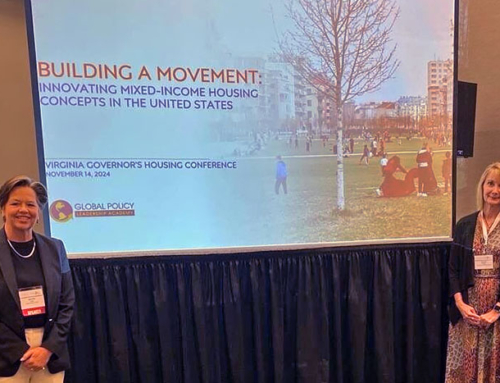The Eviction Lab, housed in Princeton University, recently updated its Eviction Tracking System (ETS), currently the most comprehensive eviction tracking database nationwide, with data from the second calendar year after the COVID-19 pandemic began.
The ETS tracks 6 states and 31 cities and contains a historical database of eviction filings, which was used to develop a Preliminary Analysis of Eviction Filing Patterns in 2021. While none of the data comes from California, the Eviction Lab used current and historical data to illustrate national trends.
The pandemic brought to light the widespread levels of housing insecurity many low-income households face daily, resulting in the Federal government allocating more than $46B to states, territories and local governments–$2.8B of which went to California–through its Emergency Rental Assistance Program (ERAP).
Nationally, eviction filings are difficult to track because many are considered “informal”, where tenants “self-evict” when a landlord threatens eviction prior to undergoing the formal eviction process. In the case of a “formal” eviction filing, eviction records are housed in disparate court systems that can be difficult to access. California does not require landlords to report terminations of tenancy; and few local jurisdictions have systems in place to track evictions, ensure that tenant rights are protected, and provide access to legal counsel.
While none of the data within this report is derived from California, the Eviction Lab utilized current and historical data to fit machine learning models that extrapolated trends nationwide. These models can provide some directional estimates, but caution is required in evaluating its accuracy.
The analysis yielded the following findings:
- A nationwide estimate of at least 1.36M eviction cases prevented in 2021 due to the ERAP program and Federal and local eviction moratoria
- Over a quarter (27.9%) of all avoided eviction cases in 2021 were in majority-Black neighborhoods
- The largest reductions in eviction filings were in low-income neighborhoods (those with median annual incomes of less than $50,000)
- Of the eviction cases filed, unfortunately, Black tenants and women of color received a disproportionate share of those filings
These findings provide additional support for legislation at the Federal and local level that aims for permanent rental assistance funding, building off of lessons from ERAP. Additionally, the findings shed light on the value of accurate eviction data to track and evaluate the effectiveness of such programs and their impact on housing stability.
© LeSar Holdings/LeSar Development Consultants. All Rights Reserved. Please be advised that any republishing of copyrighted material provided by our organization, in whole or in part, requires prior written authorization. For permission, please reach out to [email protected]. We appreciate your understanding and compliance in upholding copyright laws.






















